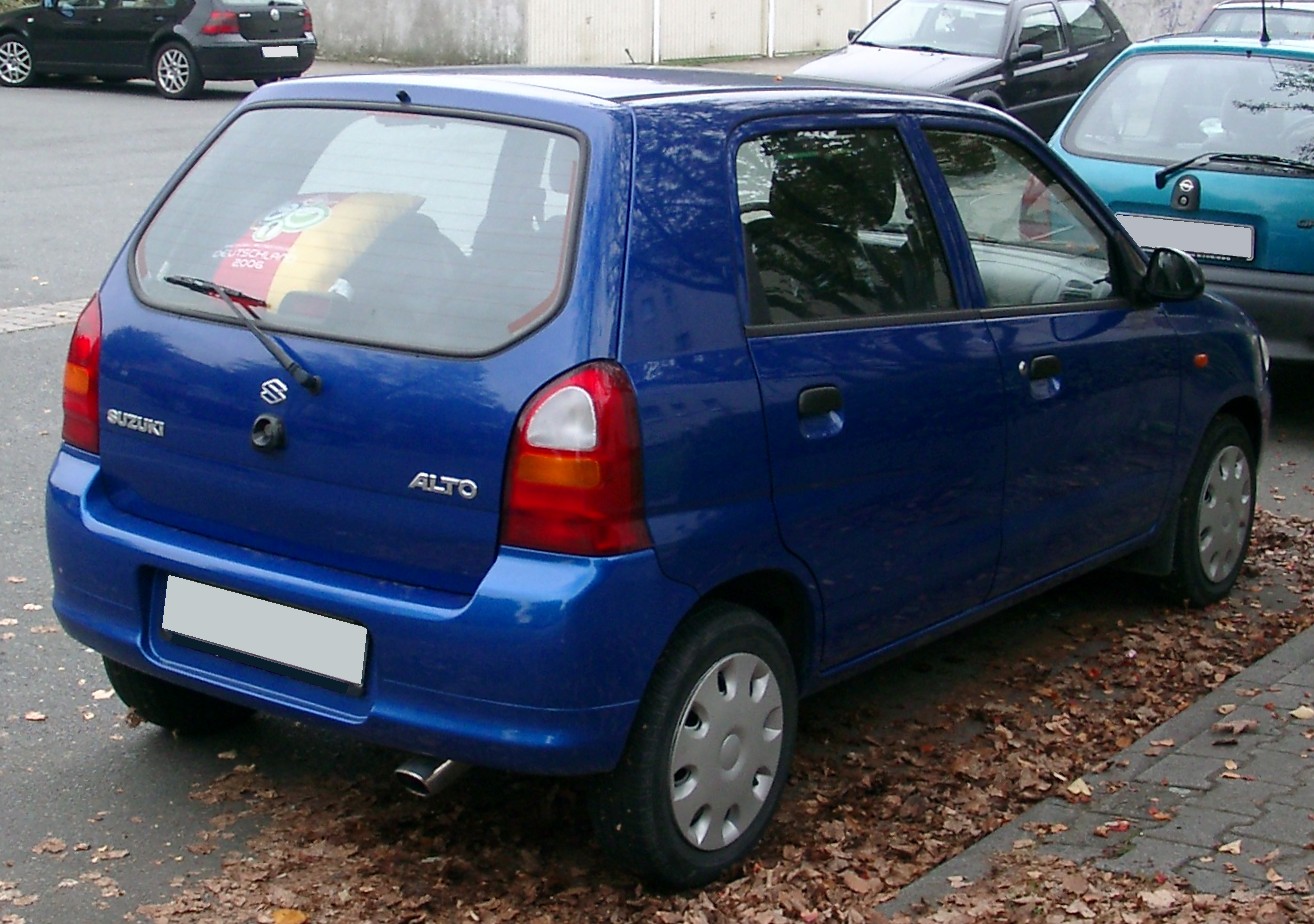General Motors Corp (GM.N: Quote, Profile, Research, Stock Buzz), the largest U.S. automaker, has suffered major losses and significant U.S. market share declines this decade.
But the company remains a major part of the U.S. industrial economy and the largest U.S. manufacturer by key measures including sales and purchasing and its purchase of health-care benefits.
GM's share of the U.S. auto market dropped to 24 percent in 2008, from 46 percent in 1980. It now trails Toyota Motor Corp (7203.T: Quote, Profile, Research, Stock Buzz) for sales globally.
Key details of GM's role in the U.S. economy follow:
* Sales: GM is one of the largest U.S. companies by sales, with revenue totaling about $181 billion in 2007. It is the largest U.S. manufacturer by revenue.
* Employment: GM has 266,000 employees worldwide, including about 139,000 in North America . The company is No. 4 in the United States in terms of total employees, according to Fortune's Global 500 rankings. It remains the largest U.S. manufacturer by employment .
The U.S. auto industry employs an estimated 5 million Americans directly and through affiliated jobs at dealerships, suppliers and service providers.
* Benefits: GM provides health-care benefits to more than a million Americans. About 140,000 people are active workers, the rest are retirees, spouses and dependents.
The U.S. auto industry provides benefits to more than 2 million Americans and pays pension benefits to 800,000 retirees.
* Facilities: GM has plants and facilities in 30 U.S. states.
* Purchasing: GM's purchasing budget runs to about $94 billion annually. It works with about 3,200 suppliers, which build more than 160,000 parts.
* Capital investment: GM will spend $8 billion on capital investment in 2008. The U.S. auto industry spends about $12 billion on research and development each year. (Reporting by Soyoung Kim, editing by Dave Zimmerman)
But the company remains a major part of the U.S. industrial economy and the largest U.S. manufacturer by key measures including sales and purchasing and its purchase of health-care benefits.
GM's share of the U.S. auto market dropped to 24 percent in 2008, from 46 percent in 1980. It now trails Toyota Motor Corp (7203.T: Quote, Profile, Research, Stock Buzz) for sales globally.
Key details of GM's role in the U.S. economy follow:
* Sales: GM is one of the largest U.S. companies by sales, with revenue totaling about $181 billion in 2007. It is the largest U.S. manufacturer by revenue.
* Employment: GM has 266,000 employees worldwide, including about 139,000 in North America . The company is No. 4 in the United States in terms of total employees, according to Fortune's Global 500 rankings. It remains the largest U.S. manufacturer by employment .
The U.S. auto industry employs an estimated 5 million Americans directly and through affiliated jobs at dealerships, suppliers and service providers.
* Benefits: GM provides health-care benefits to more than a million Americans. About 140,000 people are active workers, the rest are retirees, spouses and dependents.
The U.S. auto industry provides benefits to more than 2 million Americans and pays pension benefits to 800,000 retirees.
* Facilities: GM has plants and facilities in 30 U.S. states.
* Purchasing: GM's purchasing budget runs to about $94 billion annually. It works with about 3,200 suppliers, which build more than 160,000 parts.
* Capital investment: GM will spend $8 billion on capital investment in 2008. The U.S. auto industry spends about $12 billion on research and development each year. (Reporting by Soyoung Kim, editing by Dave Zimmerman)



Comment